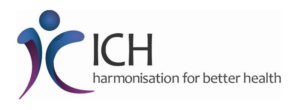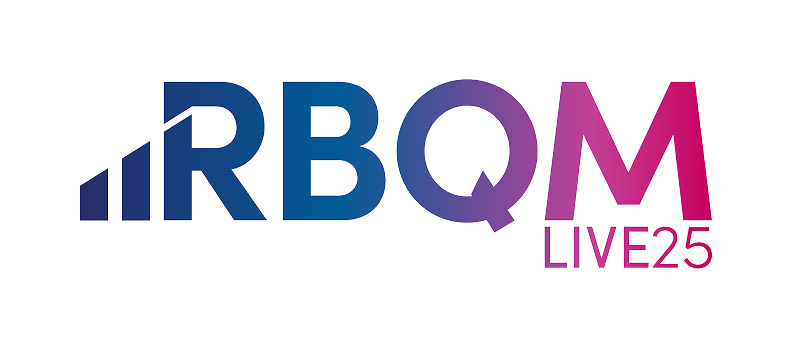For decades now the complexity, cost, and duration of clinical development have been steadily increasing while profit margins for the industry have been dwindling. This crisis persists and is compounded by inefficient traditional methods of managing clinical trial quality. The ICH Good Clinical Practice Guidance Integrated Addendum (ICH E6 R2) provides a unified standard for the European Union, Japan, the United States, Canada, and Switzerland. The updated guideline was introduced to encourage implementation of improved, more efficient approaches to clinical trial design, conduct, oversight, recording and reporting, while continuing to ensure human subject protection and reliability of trial results.
The addendum was a positive step forward, presenting an exciting opportunity for more efficient clinical research and development, with significantly better outcomes. The guidance reflects a desire for clinical trials to be more agile, flexible, and efficient. But how has the industry responded and what activity has been undertaken by organizations to comply with the addendum? While many companies are still in a consultation phase, two crucial outtakes preside at the top of the “to-do” list: risk-based monitoring (RBM) and centralized statistical monitoring (CSM).
Implementing RBM and Centralized Monitoring
The most pivotal aspect of the guideline is a risk-based approach to clinical trial quality management. ICH E6 R2 states that, “the sponsor should develop a systematic, prioritized, risk-based approach to monitoring clinical trials. The sponsor may choose on-site monitoring, a combination of on-site and centralized monitoring, or, where justified, centralized monitoring.”
An RBM approach is now a codified GCP expectation for the industry and includes:
- Critical process and data identification
- Risk identification
- Risk evaluation
- Risk control
- Risk communication
- Risk review
- Risk reporting
RBM is intended to improve the operational success rate of clinical research. Success in this context certainly means higher quality, but it also means shorter timelines and greater operational efficiency. It, therefore, should not simply be an exercise in ensuring GCP compliance. Instead, by embracing the tremendous business opportunity offered through an effective roll-out of RBM, a number of proactive organizations in the industry have already started to realize significant benefits.
Additionally, ICH E6 R2 indicates that using CSM as a core component of clinical trial execution provides “additional monitoring capabilities that can complement and reduce the extent and/or frequency of on-site monitoring and help distinguish between reliable data and potentially unreliable data.”
An effective centralized monitoring solution is a lynchpin to successful RBM implementation and can help sponsors and their CRO partners not only meet the new guideline but drive vastly improved operational compliance and data integrity with more efficient allocation of resources.
How is the Industry Responding to the updated ICH E6 R2 guideline?
One word: receptive. Many companies have started to revise their current strategies and operating models to address protocol risk assessment and site quality control to meet the new requirements. Many sponsor and CROs that may have previously delayed implementation of an RBM methodology are now reviewing the updated guideline to determine what is needed for compliance.
At a recent industry roundtable to better understand the impact of ICH E6 R2 and the perception of the new guidance by pharmaceutical companies, attendees confirmed most organizations have made significant progress and have the amendment on their near-term roadmap. Groups are working with their technology departments to incorporate algorithms and account for the sensitivity of smaller trials. Major pharmaceutical companies are starting to perform risk assessments and gap analyses of organizational procedures to identify where the company stands and determine areas that have the most impact on the credibility of data and that will be most impacted. New investment options may drive companies to rethink their sourcing options, with some shifting monitoring from a CRA-centric, site visit model of monitoring to incorporate more data-driven, statistical approaches.
Have There Been Challenges?
Embracing the updated guidance and adopting a new RBM paradigm presents a huge opportunity, however deciding on a monitoring plan (centralized, decentralized approach, or both) is the most variable decision among companies because of the revision. In addition, transforming the organizational culture to change the way risks are identified and managed can also present issues. Other obstacles include challenges to the process of site selection when developing an RBM approach and in the adoption of RBM approaches. In addition, establishing algorithms that are specific but can be applied to a broad set of therapeutic areas can be problematic.
However, it is important for organizations to know that RBM strategies can be relatively straightforward to implement, providing they work collaboratively with the correct study partners to identify and implement the right tools that will help them manage this change in the most effective way to reap the advantages as soon as possible.
Once implemented, study teams should ensure clear communication with all involved in the change, creating an environment of openness where discussion about the new approach is encouraged, avoiding information overload, and continuously checking understanding to ensure correct processes are being followed.
The ICH E6 R2 has implications for critically important aspects of study quality, providing recommendations to facilitate modernized approaches to clinical trial conduct. Companies are addressing these implications by designing strategies and operating models that include statistics-driven data analysis to inform central monitoring practices that support the areas listed in the regulation. Since the guidelines came into effect, there is a real sense from pharmaceutical companies that ICH E6 R2 has validated the RBM approach, accelerating a faster adoption cycle than would have otherwise occurred.




